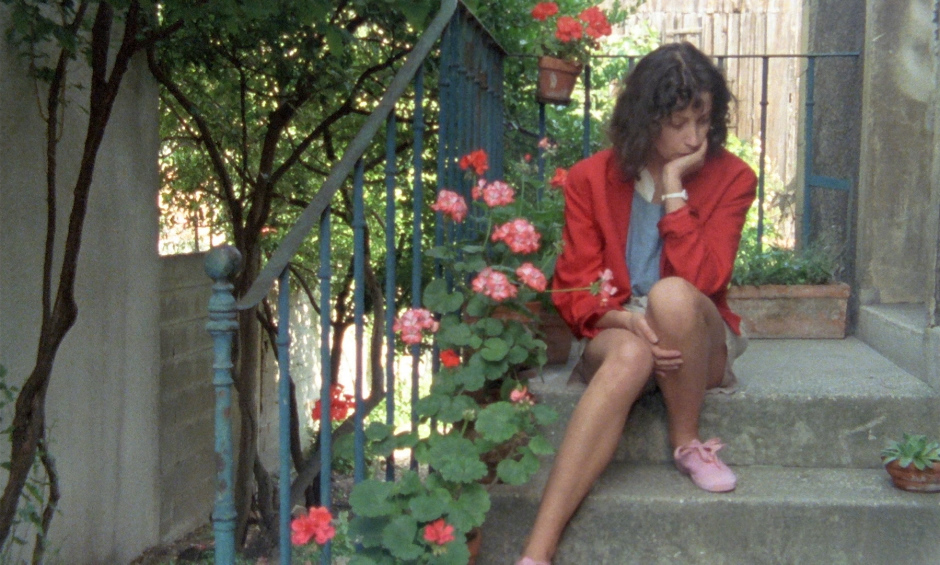Le rayon vert (1986)
It’s the end of summer in a seaside town in the south of France. A man and woman sit side-by-side on a clifftop, looking out toward the vast expanse of water, watching the sun slowly sink into the horizon. The woman starts weeping inconsolably.
This is the final scene of Éric Rohmer’s 1986 film, Le rayon vert (English: The Green Ray), and the woman is Delphine, a capricious young Parisian woman reeling from a recent breakup. After her friend pulls out of their holiday plans, she is left to spend her summer by herself, restlessly flitting from one crowded and picturesque location to another, perpetually discontented, in a futile search of something — a place, a person, a connection, a feeling — to quell her loneliness.
Rohmer exquisitely captures the melancholia and ache of summertime sadness with acute poignancy and a relentlessly observational eye. There are no dramatics or explosive emotional outbursts (save for the final scene) — the film is diaristic, unhurriedly documenting Delphine’s quotidian ennui and her in-between moments of disenchantment and quiet desperation. Since the film is named after the rare optical phenomenon, the colour green is fittingly incorporated in every frame, which Delphine interprets as small symbols of hope in her journey of self-exploration, giving her world an almost spiritual quality.
I couldn’t help but get frustrated with Delphine’s aloofness and her obstinate refusal to put herself out there. She’s simultaneously deeply cynical and hopelessly romantic. She cries too much. She craves intimacy and companionship, yet stubbornly rejects advances. And as I watched this film at the end of summer, having freshly experienced a breakup as well as a string of unfulfilling flings, I saw myself in her. That’s the beauty of Le rayon vert: it expresses familiar sentiments that often go undiscussed in real life, whether it be out of shame that we are alone in feeling that dissonance with the world, fear that verbalizing it will drive us further into our isolation, or the belief that no one will understand.
But someone might. And, as demonstrated by the final scene, someone always does. By the end, you realize that, like many of us, Delphine simply yearns for true, genuine connection, and won’t settle for the illusory kind that arises from trivial flirting and one-night stands. Legend has it that once you see a green ray, you can never go wrong in matters of the heart. Whether or not this applies to Delphine remains to be seen, but sometimes, that glimmer of hope is enough.
